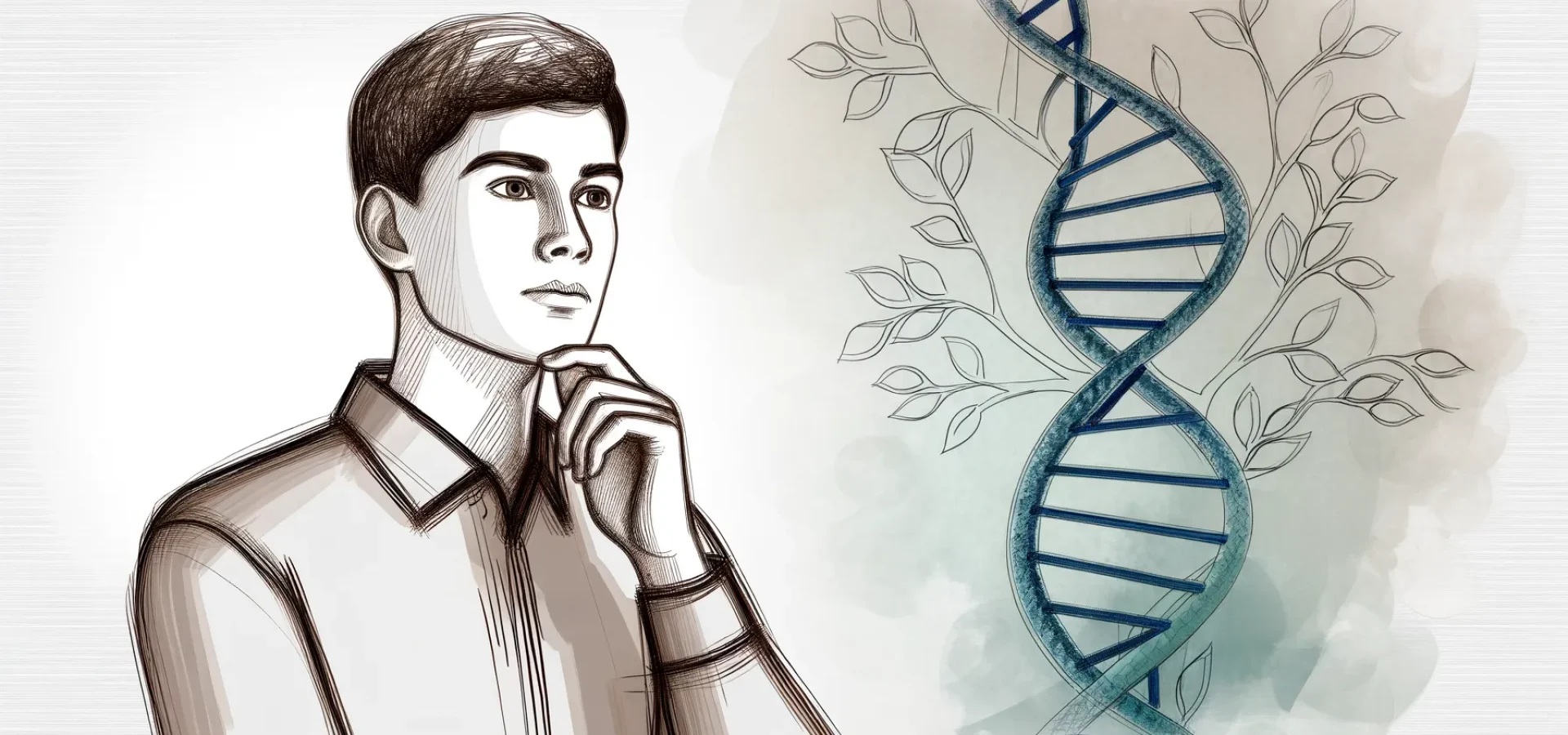
Testicular cancer, though relatively rare, is the most common cancer in men aged 15 to 35. Awareness of its risk factors, including genetic predisposition and family history, is crucial for early detection and prevention. However, myths and misconceptions about testicular cancer abound, often muddying the understanding of this disease. This article aims to clarify the genetic factors and familial risk associated with testicular cancer while debunking common myths.
Testicular cancer originates in the testicles, the male reproductive glands located in the scrotum. The exact cause of testicular cancer is still unclear, but certain risk factors have been identified, including undescended testicles, abnormal testicle development, and family history. It is divided into two main types: seminomas and non-seminomas, which arise from different types of cells within the testicles.
Genetics plays a significant role in the development of testicular cancer. Studies have shown that men with a family history of testicular cancer are at an increased risk. If a father or brother has had testicular cancer, the risk for a man can be significantly higher. Research suggests that specific genetic changes, such as mutations in certain genes, may predispose men to this type of cancer.
Family history is one of the most well-established risk factors for testicular cancer. The risk increases significantly if immediate family members have been diagnosed. This elevated risk is due to shared genetic factors as well as potentially common environmental exposures. According to studies, approximately 2% of men with testicular cancer report having a father or brother with the disease, indicating a heritable component.
Fact: Testicular cancer primarily affects younger men, with the highest incidence occurring between ages 15 and 35. Unlike many other cancers, it is more common in young and middle-aged men rather than older adults.
Fact: Testicular cancer is highly treatable, especially when detected early. The cure rate for testicular cancer is over 95%, and even in cases where the cancer has spread, effective treatments are available.
Fact: While family history and genetic factors do elevate risk, the majority of men diagnosed with testicular cancer have no known family history of the disease. Therefore, regular self-examinations and awareness of symptoms are important for all men.
Fact: There is no scientific evidence to suggest that trauma or injury to the testicles can lead to cancer. While injuries may cause pain or swelling, they do not increase the risk of developing testicular cancer.
Fact: Testicular cancer may not always cause pain. Symptoms often include a lump or swelling in the testicle, a feeling of heaviness in the scrotum, or a dull ache in the lower abdomen or groin. Pain is not a definitive indicator, highlighting the need for regular self-exams.
Given that early detection significantly improves the prognosis of testicular cancer, regular self-examinations are crucial. Men should perform a self-exam once a month, ideally after a warm bath or shower when the scrotum is relaxed. Here’s a simple guide:
For men with a family history of testicular cancer, genetic counseling and testing may be advisable. Genetic counselors can help assess individual risk based on family history and recommend appropriate screening strategies. While genetic testing for testicular cancer is not yet routine, it may become more common as research identifies specific genetic markers associated with the disease.
Understanding the genetic factors and family history that elevate the risk of developing testicular cancer is essential for effective prevention and early detection. While family history does increase risk, it is important to remember that all men should be vigilant about regular self-examinations and be aware of the symptoms of testicular cancer. Dispelling myths and embracing the facts about this disease can lead to better outcomes and save lives.
By staying informed and proactive about your health, you can significantly reduce your risk and ensure any potential issues are caught and treated early.
The content provided on this blog is for informational purposes only and is not intended to be a substitute for professional medical advice, diagnosis, or treatment. Always seek the advice of your physician or other qualified health provider with any questions you may have regarding a medical condition. Never disregard professional medical advice or delay in seeking it because of something you have read on this blog.
The authors of this blog do not recommend or endorse any specific tests, physicians, products, procedures, opinions, or other information that may be mentioned on the blog. Reliance on any information provided by this blog is solely at your own risk.
SHARE
Subscribe to our newsletter
Testicular Cancer Foundation — 2025 All Rights Reserved. EIN: 27-1348551
TCF®, Beard Patrol®, Cojone Club® are trademarks of the Testicular Cancer Foundation.